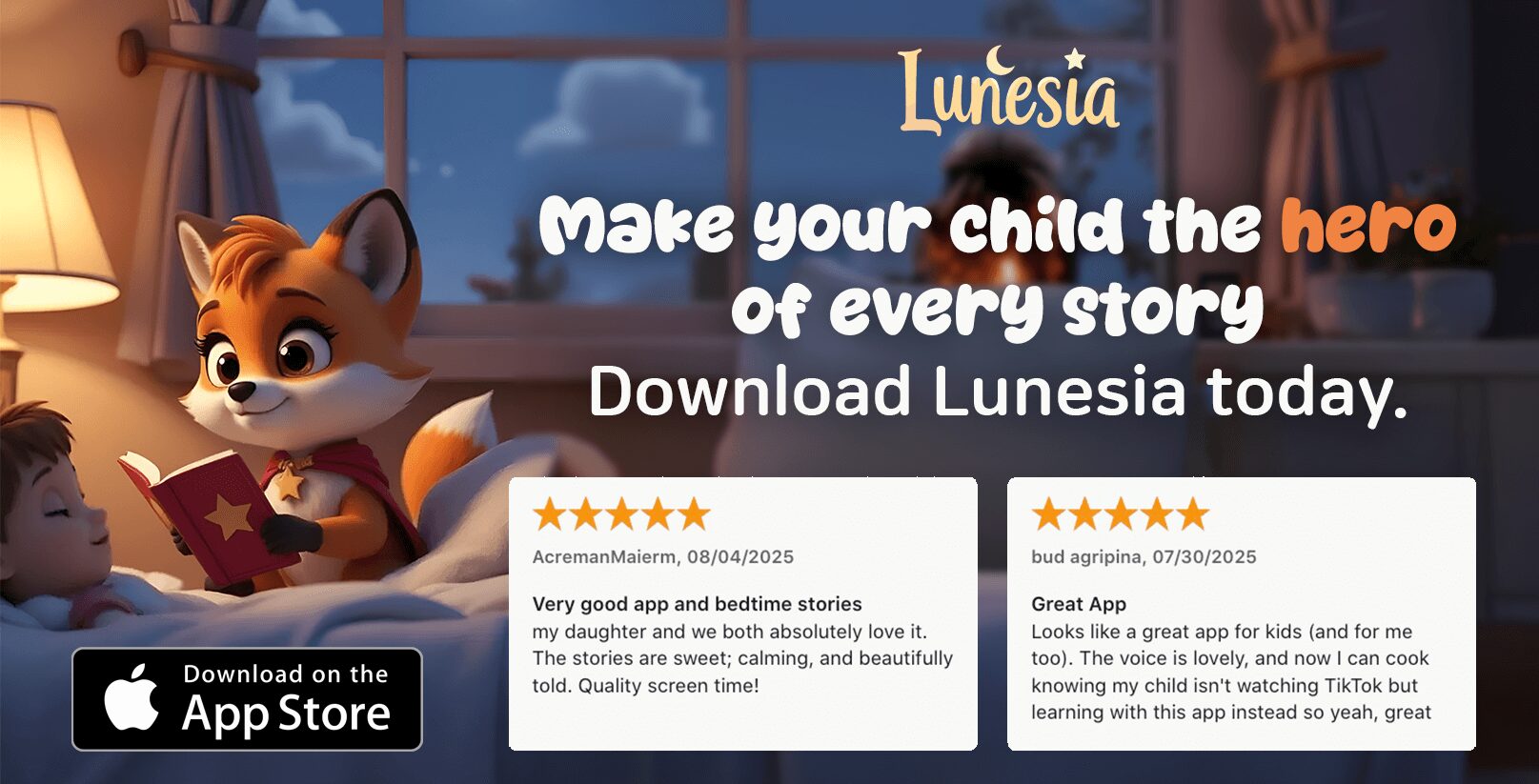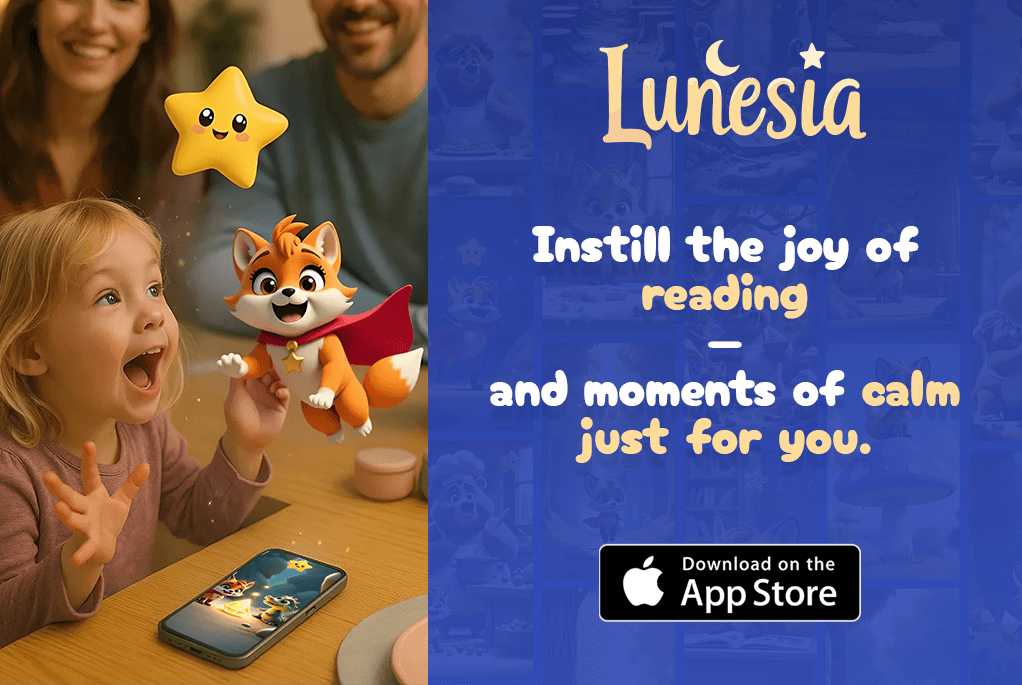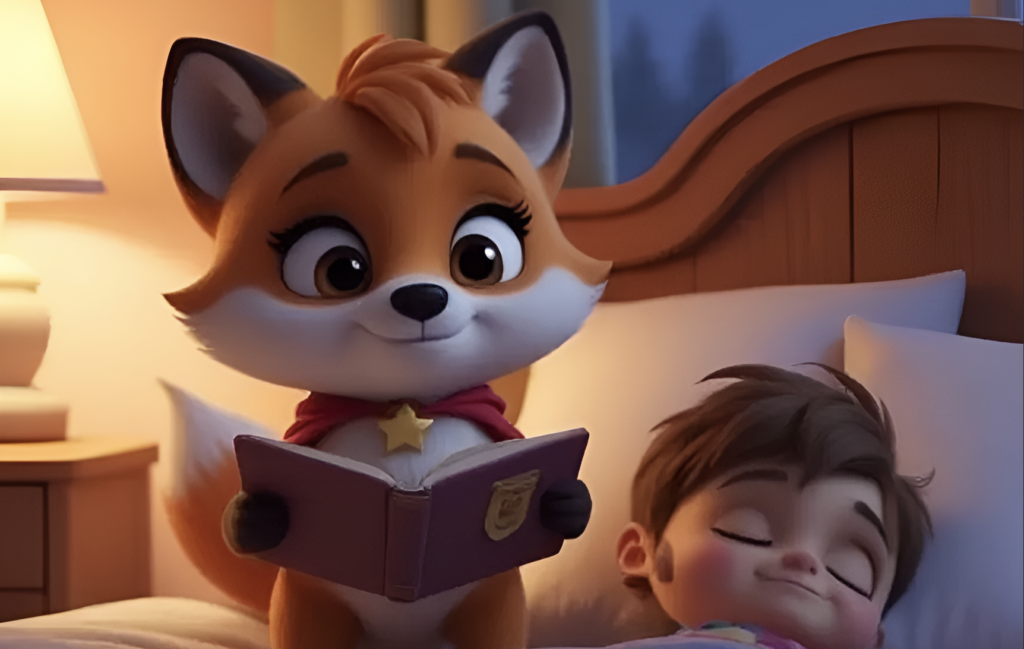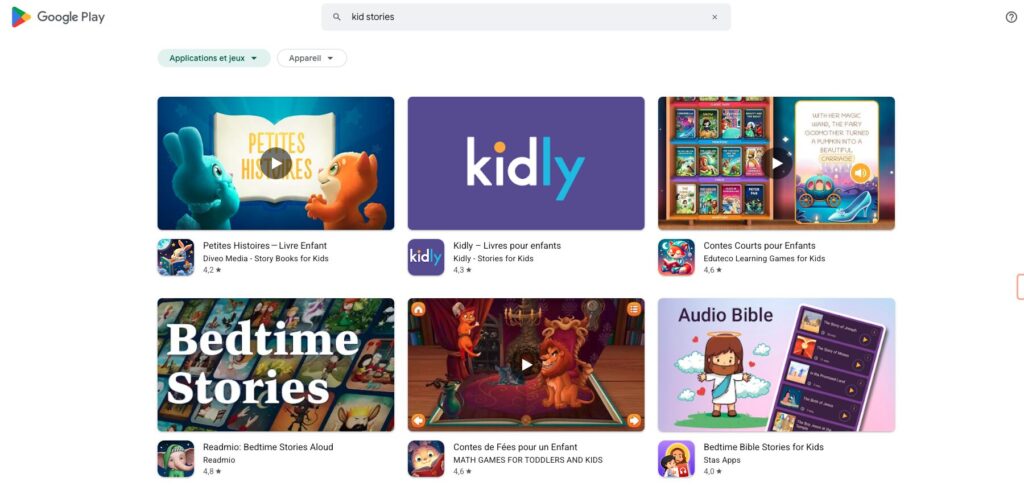There’s something truly magical about the moments we share with our children before they drift off to sleep. I remember sitting by my son’s bed, flipping through the pages of a well-loved book, and watching his eyes light up with wonder. Those quiet moments became our little sanctuary, a time to connect and create memories that would last a lifetime.
Choosing the right story can make all the difference. It’s not just about helping your child transition from day to night—it’s about sparking their imagination and nurturing their love for reading. That’s why I’ve put together this carefully curated list of timeless tales that continue to captivate young minds.
From classic favorites to modern adaptations, these books are more than just stories—they’re gateways to dreams. Whether you’re looking for a tale to soothe or inspire, this guide has something for every family. Let’s dive into a world of wonder together!
Introduction: Setting the Stage for Storytime
The quiet moments before sleep are perfect for bonding and creativity. For generations, families have turned to bedtime stories as a way to connect and unwind. This simple yet powerful ritual offers more than just a way to end the day—it builds a foundation of love and imagination.
The Importance of Bedtime Stories in Family Life
Reading together nurtures a child’s imagination and sense of security. Studies show that interactive storytelling can increase engagement by 30%, making it a valuable tool for parents. When a mother or family friend reads aloud, it creates a safe space for the kid to explore new ideas and emotions.
This nightly ritual also helps calm daytime stresses. By focusing on a story, children can let go of worries and transition into a peaceful sleep. It’s a small act with big rewards, fostering both emotional and cognitive growth.
Creating a Magical Nocturnal Ritual
Transforming bedtime into a magical experience starts with the right book. Choose stories that resonate with your child’s interests and age. Incorporate props, music, or even yoga poses to make the experience interactive and fun.
Here are some practical tips to make storytime special:
- Set a consistent time and place for reading.
- Use expressive voices to bring characters to life.
- Encourage your child to ask questions or predict what happens next.
By making storytime a priority, you’re not just reading a book—you’re creating memories that will last a lifetime. Try these ideas tonight and see how they transform your evening routine.
| Benefit | How to Achieve It |
|---|---|
| Enhanced Imagination | Choose creative and engaging stories. |
| Emotional Security | Read in a calm, comforting environment. |
| Improved Focus | Incorporate interactive elements like props or questions. |
The History and Evolution of Bedtime Stories
From ancient oral traditions to the printed page, bedtime tales have evolved into timeless treasures. These stories began as spoken words, shared around campfires or during quiet evenings, long before they were ever written down. They were a way to teach lessons, share culture, and spark imagination.
From Oral Traditions to Written Classics
Before the invention of the printing press, stories were passed down orally. Parents and elders would share tales of heroes, myths, and moral lessons. These narratives were often adapted to fit the listener’s age or interests, making them deeply personal.
As books became more accessible, these oral traditions were preserved in written form. Authors like J.R.R. Tolkien began telling stories to their own children, which later became beloved classics like The Hobbit. These tales were no longer just for one family—they captivated millions.
How Stories Transcended Generations
Stories have a unique way of connecting people across time. A tale told centuries ago can still resonate with a kid today. This is because the themes—courage, kindness, and adventure—are universal.
Take Winnie-the-Pooh, for example. What started as a simple story for one child grew into a series that continues to delight readers of all ages. These narratives become part of our cultural heritage, shaping how we see the world.
Every story carries a special dream, one that transcends its era. Whether it’s a fable from ancient Greece or a modern picture book, the magic of storytelling remains the same. It’s a gift that keeps giving, from one generation to the next.
What Makes a Bedtime Story Beloved?
What transforms a simple tale into a cherished memory for kids? It’s often the special blend of words, images, and emotions that captures their hearts. A great story isn’t just read—it’s felt.
One key ingredient is the characters. Whether it’s a curious rabbit or a brave little engine, relatable figures draw children into the narrative. These personalities become friends, teaching lessons about kindness, courage, and love.
Another element is the magic of fairy elements. Whimsical settings, talking animals, and enchanted worlds spark imagination. These details make the book come alive, turning reading into an adventure.
Even the simplest tale can become a cherished memory. It’s not always about the plot—it’s about the connection. When you read with warmth and enthusiasm, you create a moment your child will treasure.
Why do some stories become timeless? It’s often one thing: the ability to resonate across generations. Themes like friendship, bravery, and hope are universal, making these narratives relevant year after year.
Next time you pick up a book, notice the subtle nuances. The rhythm of the words, the beauty of the illustrations, and the emotions they evoke. These are the ingredients that make a bedtime story truly beloved.
Discovering Famous Bedtime Stories
Every night, as the world quiets down, a special moment unfolds between parent and child. It’s a time to share a story, to connect, and to dream. I’ve carefully curated a list of tales that have stood the test of time, each one offering something unique for every child.

These bedtime stories are more than just words on a page—they’re gateways to imagination. From fairy tales to modern classics, each book has been chosen for its ability to soothe, inspire, and captivate. Whether your little one loves adventure, humor, or heartwarming lessons, there’s a story here for them.
Curated Favorites for Every Child
Here’s a selection of beloved tales that have earned their place in family routines:
- The Boy Who Cried Wolf: A timeless lesson in honesty and trust.
- Goodnight Moon: A soothing rhythm that lulls even the most restless sleeper.
- The Tale of Peter Rabbit: A whimsical adventure that sparks curiosity.
- Llama Llama Red Pajama: A relatable tale of nighttime worries and comfort.
Each story is chosen for its ability to create a peaceful bedtime experience. These tales have been shared across generations, proving their lasting appeal.
“A good story is like a lullaby for the soul—it calms, comforts, and inspires.”
For families who love structure, series like Winnie-the-Pooh or The Very Hungry Caterpillar offer a sense of continuity. These collections turn nightly reading into an exciting routine, building anticipation for the next chapter.
| Story | Why It’s Perfect for Bedtime |
|---|---|
| Goodnight Moon | Its repetitive, calming rhythm helps kids unwind. |
| The Boy Who Cried Wolf | Teaches valuable lessons in a simple, engaging way. |
| Llama Llama Red Pajama | Addresses nighttime fears with warmth and humor. |
These stories are more than just entertainment—they’re tools for connection, learning, and growth. Whether you’re reading to a toddler or a school-aged kid, these tales will become cherished parts of your nightly routine.
Timeless Classics and Their Enduring Charm
Some tales have a way of staying with us, becoming part of our family’s nightly routine. These stories are more than just words on a page—they’re companions that grow with us, offering comfort and joy. Let’s explore two beloved examples: *Winnie-the-Pooh* and *Goodnight Moon*. These books have captured hearts for generations, and their charm lies in their simplicity and warmth.
Case Studies: Winnie-the-Pooh and Goodnight Moon
*Winnie-the-Pooh* began as a story told by A.A. Milne to his son, Christopher Robin. The lovable bear and his friends in the Hundred Acre Wood teach lessons about friendship, kindness, and adventure. What makes this book special is its ability to blend humor with heartfelt moments, creating a narrative that resonates with both child and parent.
On the other hand, *Goodnight Moon* by Margaret Wise Brown is a soothing lullaby in book form. Its repetitive rhythm and calming illustrations of a quiet night help children wind down. The simplicity of the text, paired with the gentle visuals, makes it a perfect choice for bedtime.
The Role of Narrative and Illustration
What makes these stories timeless? It’s the combination of engaging narratives and captivating illustrations. In *Winnie-the-Pooh*, Ernest H. Shepard’s drawings bring the characters to life, making them feel like old friends. The illustrations aren’t just decorations—they’re integral to the story, helping children visualize the world of Pooh and his adventures.
Similarly, Clement Hurd’s artwork in *Goodnight Moon* creates a serene atmosphere. The soft colors and detailed scenes invite children to explore the room, making the book interactive. These illustrations play a vital role in drawing children into the narrative, turning reading into an immersive experience.
Both stories also share a common theme: love. Whether it’s the bond between Pooh and his friends or the comforting ritual of saying goodnight, these narratives foster emotional connections. They remind us that the simplest tales can leave the deepest impressions.
“A great story doesn’t just entertain—it creates a bond between reader and listener, turning moments into memories.”
Over time, these books have become more than just stories—they’re part of a series of memories. Whether it’s revisiting Pooh’s adventures or flipping through the pages of *Goodnight Moon*, these tales continue to bring families together, night after night.
Modern Twists on Traditional Tales
In today’s digital age, storytelling has taken on a whole new dimension, blending tradition with innovation. Classic tales are being reimagined in ways that captivate today’s tech-savvy kid, offering fresh experiences while preserving their timeless charm.
One of the most exciting developments is the rise of interactive eBooks and audiobooks. These formats bring stories to life with sound effects, animations, and even interactive elements. For example, The Three Billy Goats Gruff has been reimagined with vibrant illustrations and engaging narration, making it a hit with young readers.
Interactive eBooks and Audiobook Versions
Interactive eBooks allow children to tap, swipe, and explore the book in ways that go beyond the printed page. They can listen to the story, play games, or even record their own voices. This makes reading a dynamic and immersive experience.
Audiobooks, on the other hand, are perfect for busy families. Whether it’s during a car ride or at bedtime, these audio versions let you enjoy a tale together without needing to hold a book. They’re also a great way to introduce kids to new series or authors.
- Flexibility: Enjoy stories anytime, whether it’s during the day or at night.
- Engagement: Multimedia elements keep kids interested and involved.
- Accessibility: Perfect for families on the go or those with limited time.
These modern adaptations are more than just entertainment—they’re tools for learning and bonding. By blending traditional narratives with cutting-edge technology, they create a bridge between the past and the present.
“Stories are not just read—they’re experienced. Modern tools make this possible in ways we never imagined.”
If you’re looking to explore new storytelling formats, start with a series that combines classic themes with interactive features. You’ll be amazed at how these tools can enrich your family’s reading routine.
The Art of Storytelling: Tips for Parents
Storytelling is an art that transforms ordinary moments into magical memories. As a parent, you have the power to turn a simple book into an unforgettable experience for your kid. Whether it’s a quiet night or a busy afternoon, these tips will help you create a story that sparks imagination and builds connection.
Engaging Reading Techniques
To make storytime dynamic, try interactive techniques. Ask questions like, “What do you think happens next?” or “How would you feel in this situation?” This encourages your child to think critically and engage with the story.
Another effective method is to create a list of engaging choices. Let your kid pick the book or even the characters’ voices. This gives them a sense of control and makes the experience more personal.
Using Voice and Expression for Impact
Your voice is a powerful tool. Use varied tones to bring characters to life—soft whispers for shy characters or bold voices for heroes. Facial expressions also add depth, making the story more vivid and relatable.
Experiment with sound effects and dialogue. A creaky door or a roaring lion can turn reading into an adventure. These small touches make the book come alive, creating a shared dream between you and your child.
“Storytelling isn’t just about reading—it’s about creating a bond that lasts beyond the pages.”
Adapt your techniques to suit your kid’s mood. Some nights, they might need a calming tale, while other times, they’ll crave excitement. Being a thoughtful parent means tuning into their needs and making storytime a moment of connection.
By using these strategies, you’re not just reading a book—you’re nurturing a lifelong love for stories. Try them tonight and watch how they transform your time together.
Behind the Stories: Origins of Beloved Characters
Every beloved character has a story behind its creation, often rooted in personal experiences. From the whimsical world of Mrs. Piggle Wiggle to the adventurous spirit of Pippi Longstocking, these tales often began as simple moments shared between an author and their family.
From Mrs. Piggle Wiggle to Pippi Longstocking
Mrs. Piggle Wiggle, the quirky character who solves children’s problems, was inspired by Betty MacDonald’s own daughter. The book series became a hit because it reflected real-life challenges in a humorous and relatable way. Similarly, Pippi Longstocking was born from tales Astrid Lindgren told her daughter during bedtime. These stories, filled with mischief and adventure, were later turned into a beloved series.
Even Thomas the Tank Engine has a fascinating backstory. The Reverend W. Awdry created the character to entertain his boy during a long illness. What started as a simple story grew into a global phenomenon, proving that inspiration often comes from the most unexpected places.
Creative Inspirations Behind The Hobbit and More
J.R.R. Tolkien’s The Hobbit began as a story told to his children. The book’s rich world and memorable characters were shaped by Tolkien’s love for mythology and his time at school. This personal touch made the tale resonate with readers of all ages.
Many iconic characters were born from impromptu storytelling sessions at home. These moments, filled with creativity and love, transformed into timeless tales that continue to captivate new generations.
“The best stories are often the ones that come from the heart, inspired by the people we hold dear.”
Understanding the origins of these characters adds depth to the books we share with our children. It reminds us that even the simplest moments can spark legendary tales.
Engaging Children with Vibrant Illustrations
The magic of a great story often lies in the pictures that bring it to life. From the soft hues of Goodnight Moon to the bold colors of The Very Hungry Caterpillar, illustrations play a starring role in captivating young minds. They’re not just decorations—they’re windows into a world of wonder.
During the night, when the world quiets down, these visuals help a kid transition into a peaceful state. The gentle scenes in On the Night You Were Born, for example, create a soothing atmosphere that lulls children to sleep. It’s not just about the words—it’s about the emotions the images evoke.
The Power of Visual Storytelling
Illustrations do more than decorate a book—they bring every story to life. For a young girl or boy, these visuals clarify abstract concepts and provide context. During the day, they spark curiosity and imagination, turning reading into an interactive experience.
Take The Snowy Day, for instance. Its iconic artwork not only tells a tale but also invites children to explore the world of Peter, the protagonist. The images evoke emotions and memories that last a lifetime, making the book unforgettable.
“A picture is worth a thousand words—especially when it’s part of a story that touches the heart.”
When choosing a book, pay attention to the illustrations. Look for artwork that resonates with your child’s interests and age. Whether it’s a classic or a modern tale, the right visuals can turn reading into a cherished ritual. Over time, these images become part of your story together, creating memories that endure.
How Bedtime Stories Ease Nighttime Fears
Nighttime can be a challenging time for children, but the right story can turn fear into comfort. Many kids struggle with anxieties as they settle into bed, but a calming book can make all the difference. Whether it’s the soothing rhythm of *Good Night, Gorilla* or the heartfelt message of *Love You Forever*, these tales help children feel safe and secure.

Building a Sense of Security Through Story
Reading a bedtime story creates a predictable routine that reassures children. When a mother or parent reads aloud, it signals that everything is okay. This simple act can transform a scary time into a moment of connection and calm.
Books like *Good Night, Gorilla* use repetition and gentle humor to ease worries. The familiar characters and predictable patterns help children feel in control. Similarly, *Love You Forever* emphasizes unconditional love, reinforcing a sense of belonging.
Here are some ways to use stories to ease nighttime fears:
- Choose a series of books your child loves. The familiarity creates a comforting routine.
- Use a soft, reassuring voice to read. This helps your child feel safe and relaxed.
- Encourage your child to snuggle with a favorite blanket or toy while listening.
These techniques turn reading into a powerful tool for comfort. Over time, the ritual of storytime becomes a source of security, helping children face their fears with confidence.
| Technique | How It Helps |
|---|---|
| Consistent Routine | Creates predictability, reducing anxiety. |
| Soft Voice | Calms the child and fosters a sense of safety. |
| Comfort Objects | Provides physical reassurance during storytime. |
By incorporating these strategies, you can transform bedtime into a peaceful and comforting experience. A well-chosen book isn’t just a story—it’s a tool for building resilience and security.
Building a Routine: Integrating Storytime into Evening Rituals
Creating a nightly routine with storytime can transform chaos into calm, offering both parent and child a moment to connect. This simple yet powerful ritual not only helps children wind down but also strengthens family bonds. By making storytime a consistent part of your evening, you create a sense of security and predictability that children thrive on.
Start by setting a specific time for reading each night. Whether it’s right after bath or just before lights out, consistency is key. This routine signals to your child that it’s time to relax and prepare for sleep. Choose a cozy spot, like a reading nook or their bed, to make the experience even more special.
Selecting the right book is crucial. Consider your child’s mood and interests when picking a story. A well-crafted list of books can serve as a rotating menu of calm options. This ensures variety while keeping the experience fresh and engaging.
Here are some strategies to make storytime seamless:
- Keep the routine short and sweet—10 to 15 minutes is ideal.
- Incorporate interactive elements, like asking your child to predict what happens next.
- Use a soft, soothing voice to create a calming atmosphere.
As your child grows, adjust the routine to keep it effective. For younger children, picture books with rhythmic language work best. Older kids might enjoy chapter books or longer tales. The goal is to make storytime a cherished part of their day.
“A nightly reading ritual isn’t just about the story—it’s about the connection it fosters between you and your child.”
By integrating storytime into your evening routine, you’re not just helping your child sleep better—you’re creating memories that will last a lifetime. Start tonight and see how this simple act transforms your family’s time together.
Interactive Storytelling: Beyond the Printed Page
Storytelling has evolved beyond the pages of a book, embracing technology to create immersive experiences for children. Today, interactive devices and digital platforms are transforming how we share stories, making them more engaging and accessible than ever.
Digital Adventures and Audio Experiences
Interactive eBooks and audiobooks are redefining storytime. These formats allow kids to tap, swipe, and explore, turning reading into a dynamic activity. For example, a series like The Three Billy Goats Gruff now includes animations and sound effects, making the tale come alive.
Audiobooks are perfect for busy families. Whether during a car ride or at bedtime, they let you enjoy a story together without needing a physical book. These tools are not just entertaining—they’re educational, often integrating lessons learned at school.
Embracing Multimedia for a Modern Generation
Modern storytelling engages multiple senses, creating a richer experience. Interactive devices let children record their voices, play games, or even choose how the story unfolds. This level of engagement keeps them interested and involved.
Here’s how multimedia storytelling compares to traditional methods:
| Aspect | Traditional Storytelling | Interactive Storytelling |
|---|---|---|
| Engagement | Passive listening | Active participation |
| Flexibility | Limited to physical books | Accessible anytime, anywhere |
| Learning | Focused on reading skills | Encourages critical thinking and creativity |
By blending traditional narratives with cutting-edge technology, we create a bridge between the past and the present. These innovations ensure that the magic of a book remains timeless, even in a digital age.
“Interactive storytelling isn’t just about reading—it’s about creating a bond that lasts beyond the pages.”
Experiment with these multimedia options to add a new dimension to your child’s bedtime routine. The balance between tradition and innovation will captivate their imagination and keep the love for stories alive.
Conclusion
Storytelling has always been a bridge between generations, carrying lessons and love from one to the next. From the whimsical adventures of a curious bear to the heartfelt tales of a brave boy, each story brings a piece of home to a child’s bed. These narratives are more than just words on a page—they’re tools for teaching values and creating lasting bonds.
Every tale, whether told by a girl or a parent, carries with it lessons of life, comfort, and connection. Revisiting a favorite book can relive those timeless moments of warmth. It’s a reminder that storytelling isn’t just about entertainment—it’s about building a legacy of love and learning.
As you turn each page, remember that the magic of a well-chosen story can spark dreams and nurture growth. Share your favorite tales with your kid and pass along the gift of storytelling. Together, you’ll create memories that will last a lifetime.
FAQ
Why are bedtime stories important for children?
Bedtime stories help children develop language skills, spark imagination, and create a comforting routine that eases them into sleep. They also strengthen the bond between parents and kids.
How can I make storytime more engaging for my child?
Use expressive voices, incorporate gestures, and ask questions about the story. Interactive elements like letting your child choose the book or act out scenes can also make it more fun.
What are some classic bedtime stories I can read to my child?
Timeless favorites include *Goodnight Moon* by Margaret Wise Brown, *Winnie-the-Pooh* by A.A. Milne, and *The Tale of Peter Rabbit* by Beatrix Potter.
How do illustrations enhance bedtime stories?
Vibrant illustrations capture a child’s attention, help them visualize the narrative, and make the story more memorable. They also encourage a love for art and creativity.
Can digital books or audiobooks replace traditional bedtime stories?
While digital and audio versions are great for variety, traditional books offer a tactile experience and uninterrupted bonding time. A mix of both can work well.
How do bedtime stories help with nighttime fears?
Stories create a sense of security and comfort, helping children feel safe. Tales with positive resolutions can also teach them to overcome their fears.
What’s the best way to build a bedtime story routine?
Choose a consistent time, create a cozy reading space, and let your child pick their favorite tales. Keep it calm and enjoyable to make it a cherished part of the evening.
Are there modern adaptations of traditional bedtime stories?
Yes! Many classic tales have been reimagined with diverse characters, interactive eBooks, and audiobook versions narrated by celebrities or with sound effects.
How do I choose the right bedtime story for my child’s age?
For toddlers, pick simple, repetitive stories with bright pictures. Older kids enjoy longer tales with engaging plots and relatable characters. Always consider their interests.
Can storytelling help my child’s emotional development?
Absolutely! Stories teach empathy, problem-solving, and emotional resilience. They also provide a safe space for children to explore their feelings.




